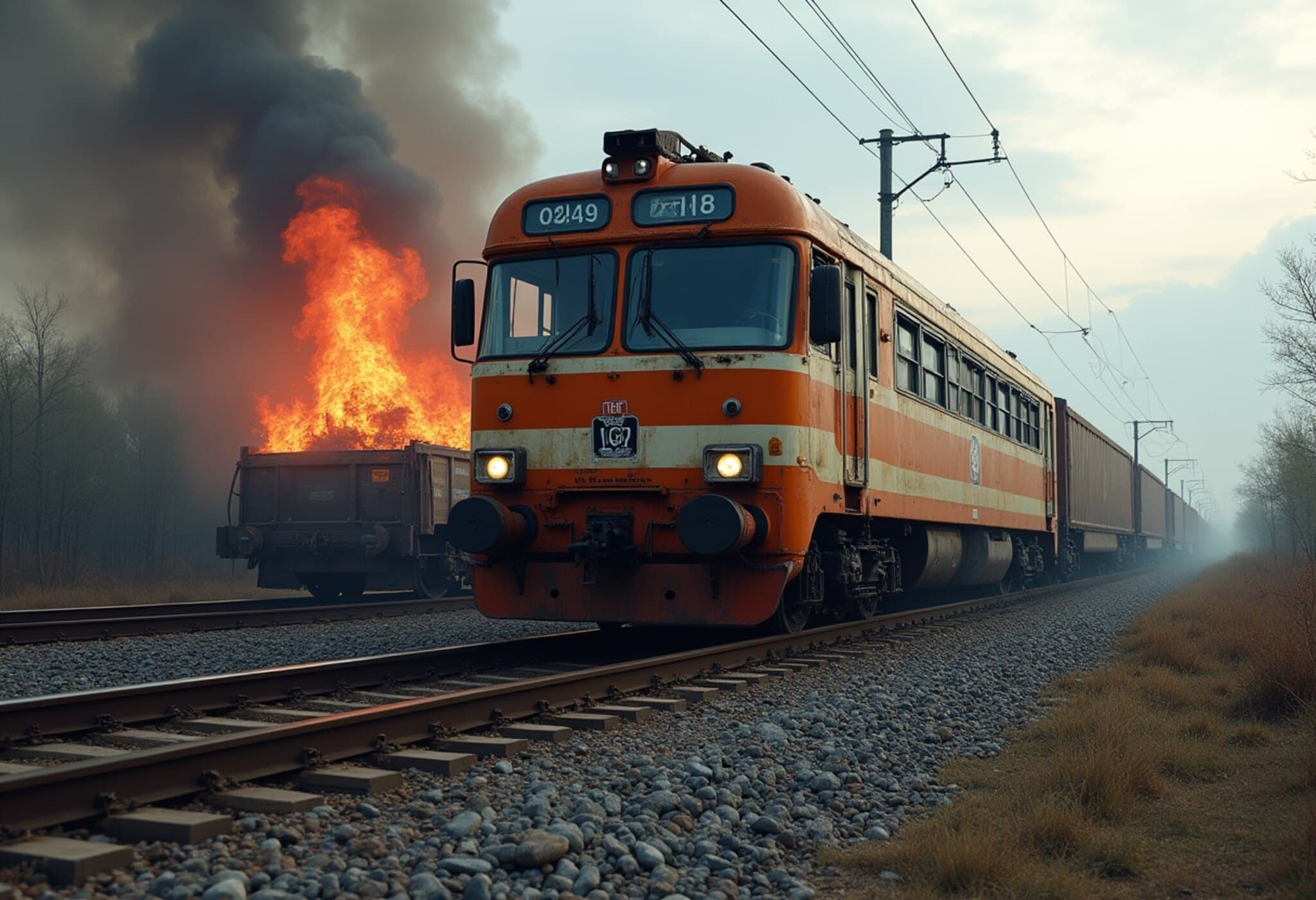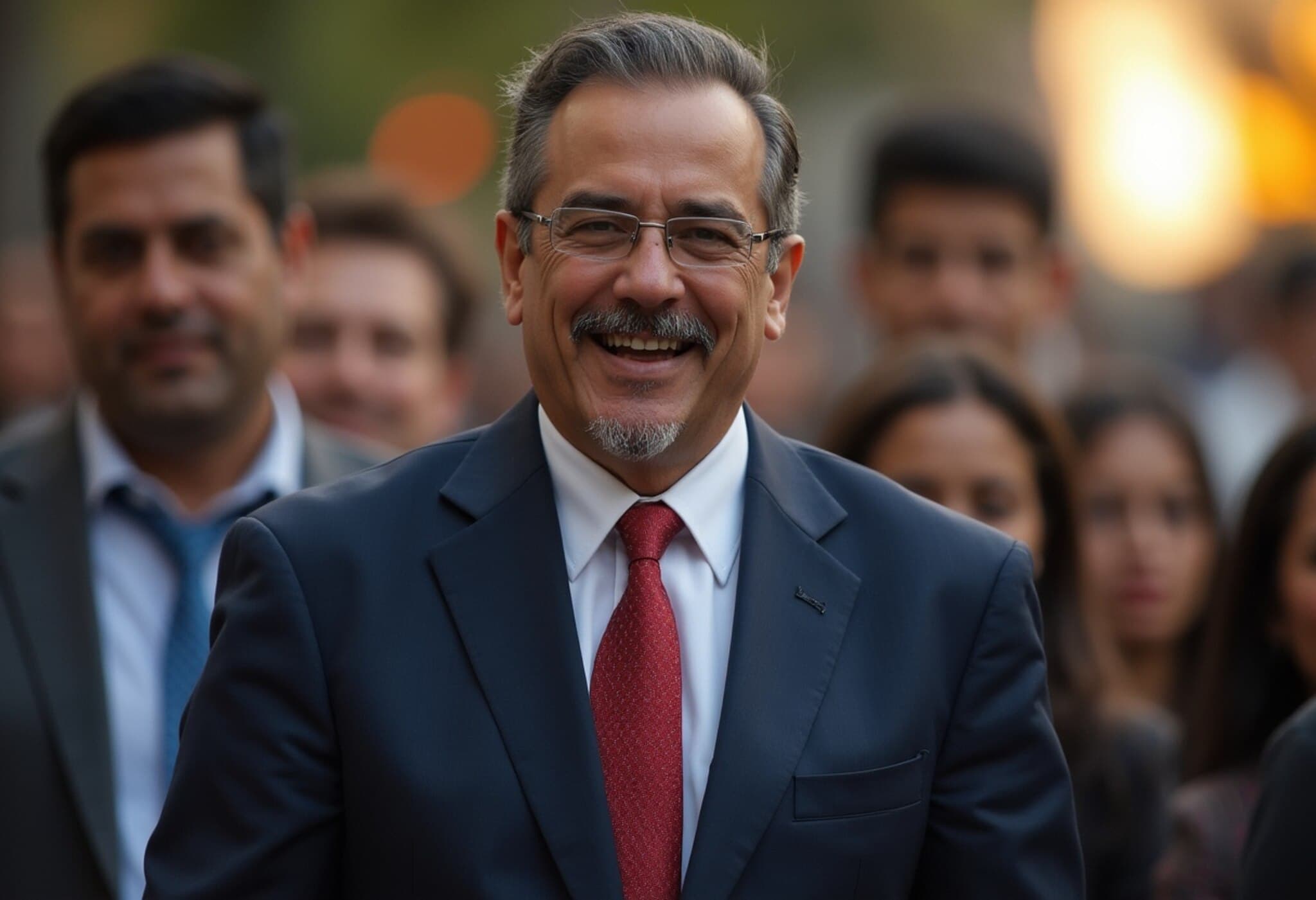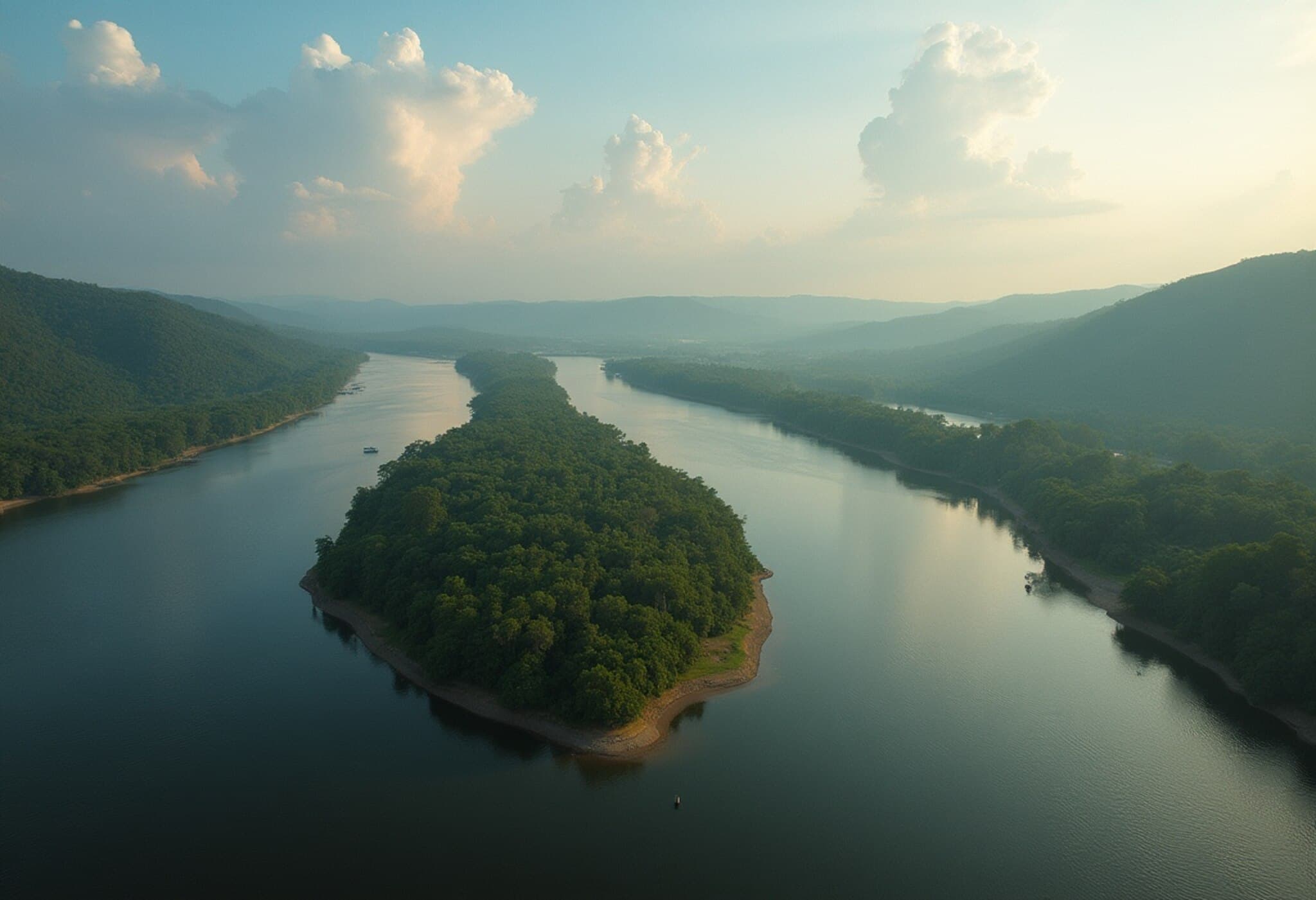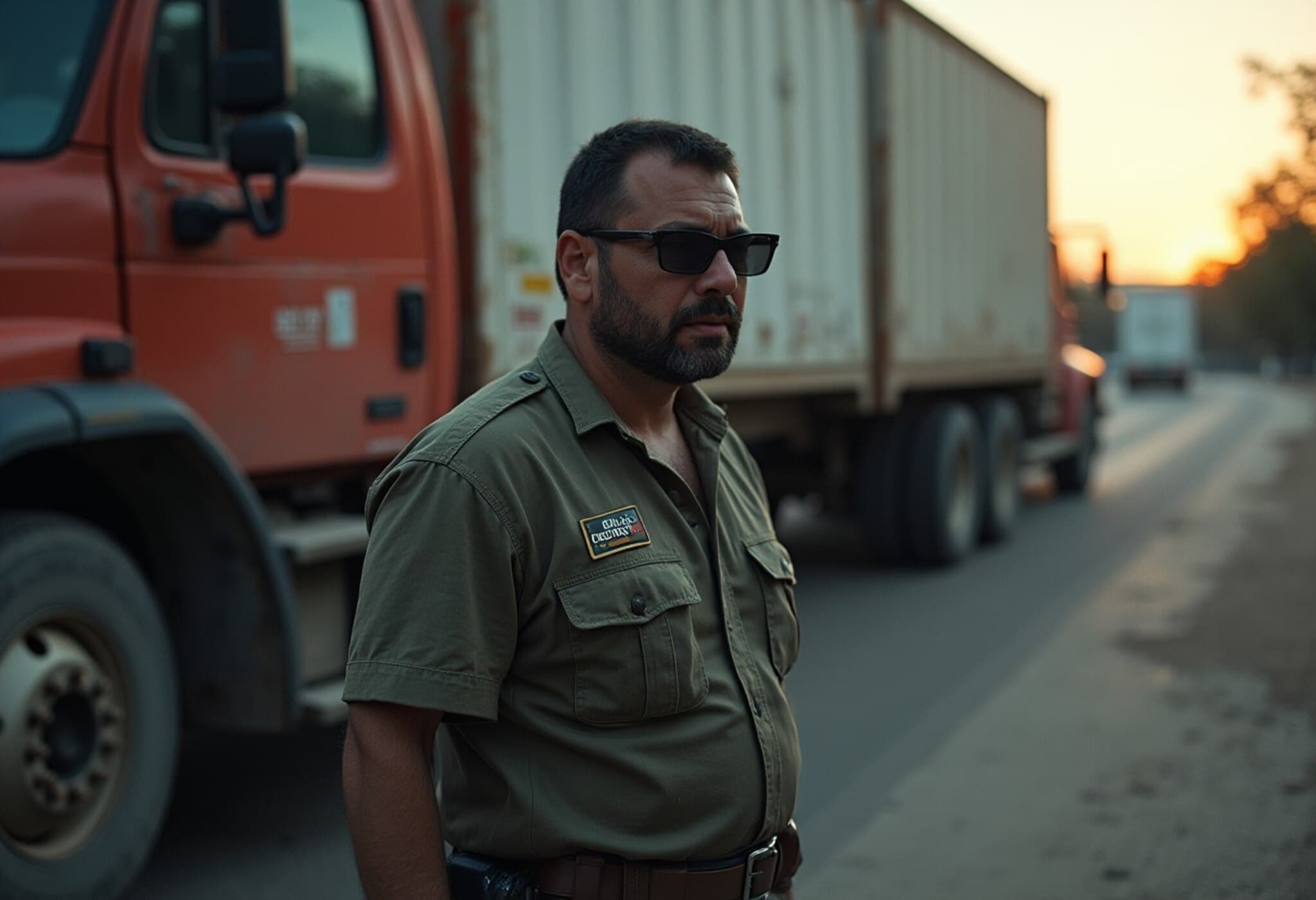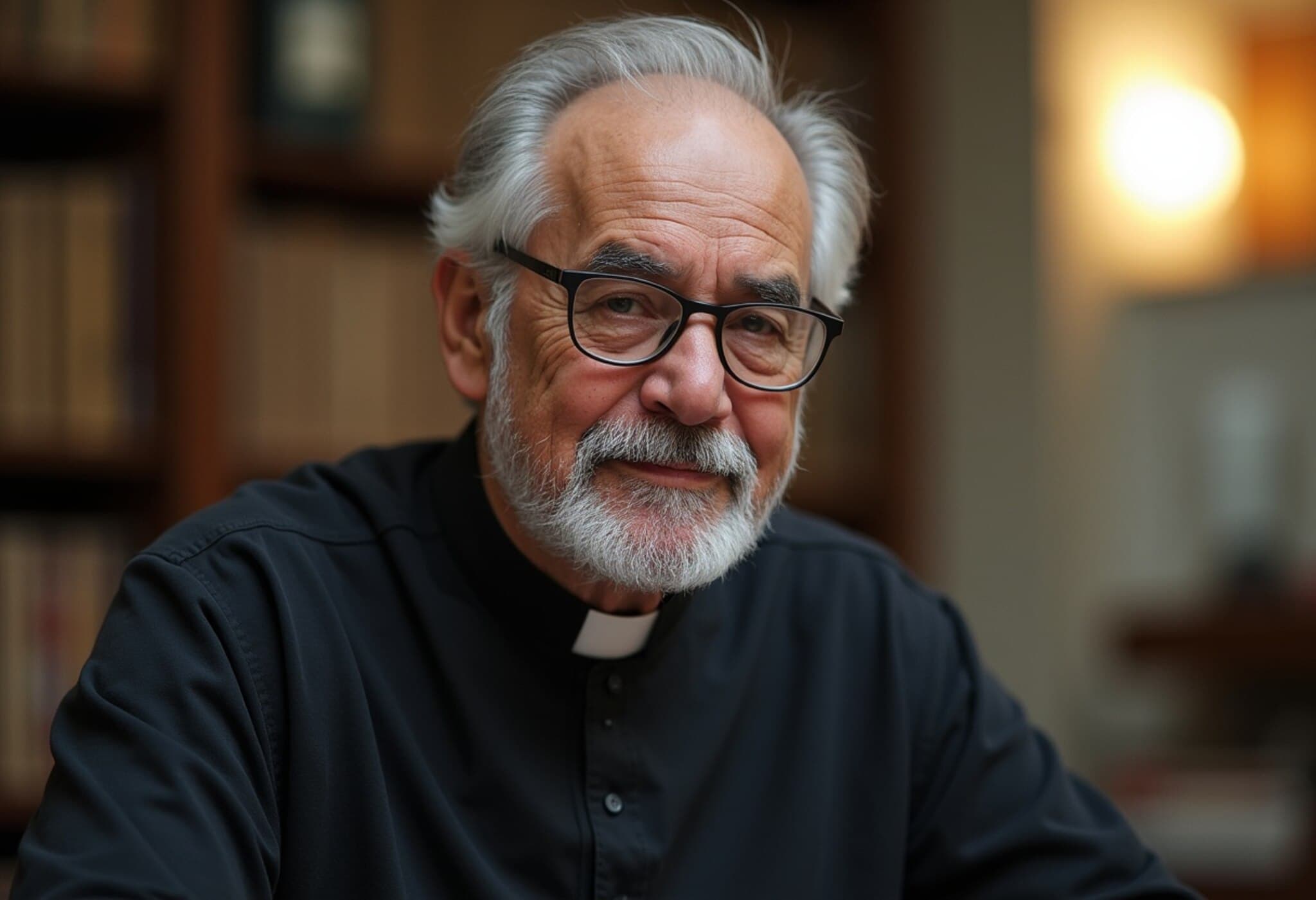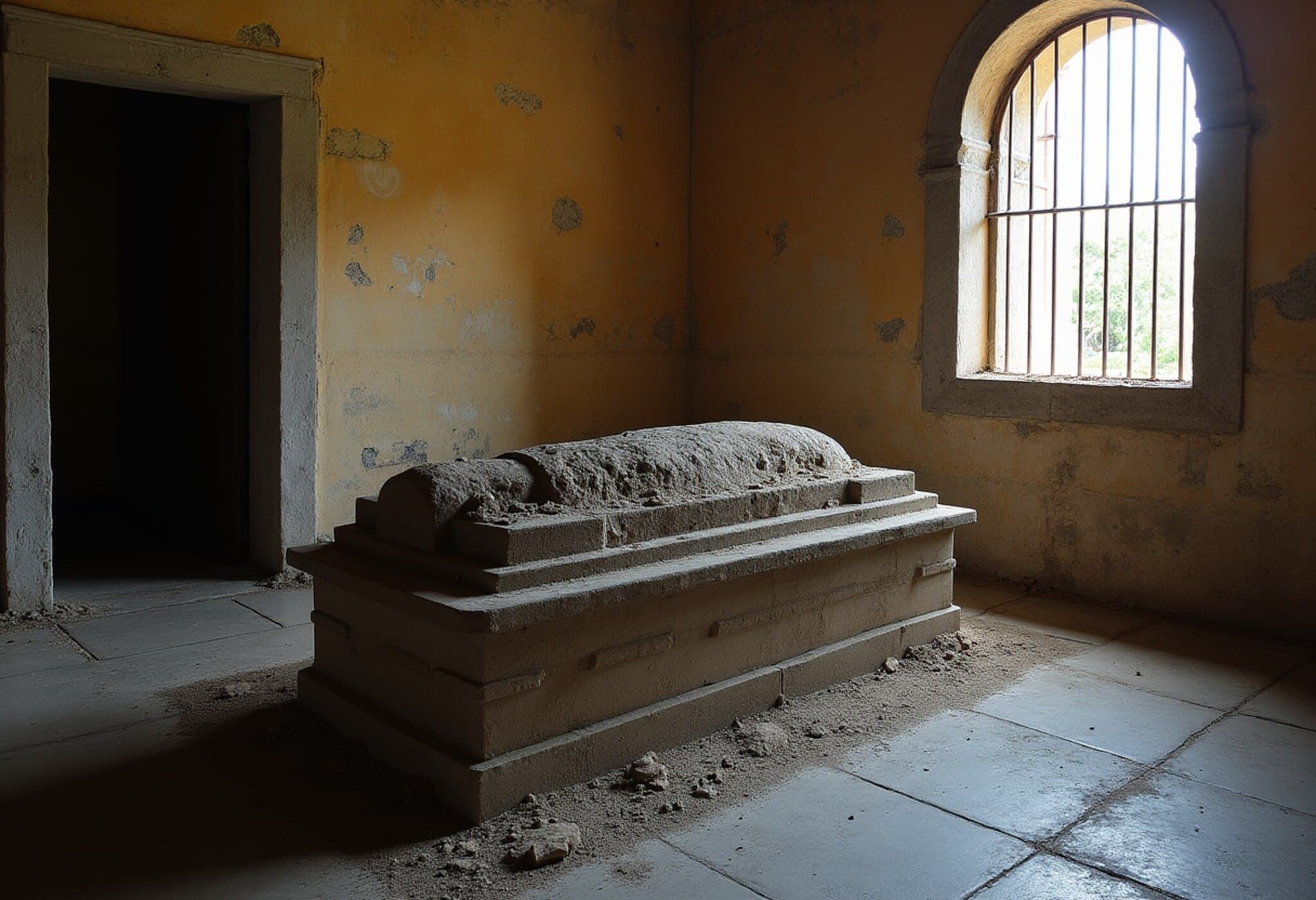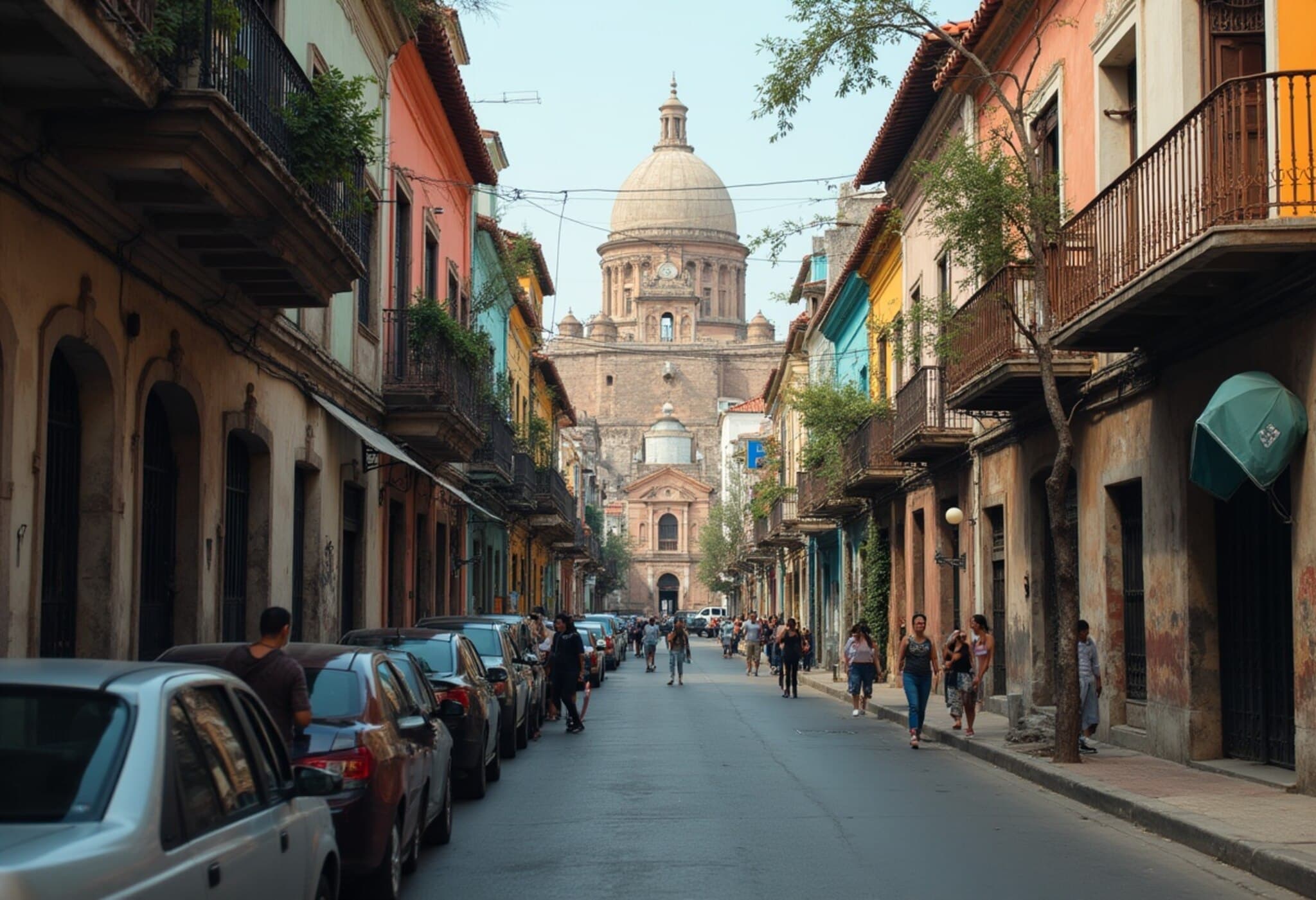Tragic Train-Bus Crash in Mexico Leaves 10 Dead, Raises Safety Questions Amid Rail Expansion
In a devastating accident that underscores growing safety challenges amid Mexico’s ambitious rail network expansion, a cargo train struck a double-decker passenger bus early Monday, killing 10 people and injuring 61 others. The collision occurred in the industrial borough of Atlacomulco, roughly two hours northwest of Mexico City.
Details of the Accident
According to local authorities, the bus was en route from a small town in the State of Mexico toward Mexico City when it was hit by the freight train. The state attorney general’s office confirmed the fatalities included seven women and three men who died at the scene.
Though official details about the cause remain pending investigation, social media videos shared by witnesses paint a harrowing picture: the bus appeared stuck in traffic before it slowly moved onto the train tracks without any visible crossing gates or signals, when the train crashed violently into the bus’s right side. The impact left the bus torn apart and dragged along the tracks, with survivors climbing out of the mangled wreckage.
The Increasing Risk of Train-Vehicle Collisions in Mexico
Experts note that such accidents have become alarmingly more frequent, with collisions between trains and vehicles rising from 673 incidents in 2021 to 784 in 2024. These collisions are now the most common form of railway mishap nationwide, particularly in urban and industrial hubs like the State of Mexico, Nuevo León, and Guanajuato.
- In the first quarter of 2025 alone, 35 injuries and three fatalities were recorded from such collisions.
- The primary cause frequently cited is driver violation of traffic laws at rail crossings, compounded by insufficient safety infrastructure.
This tragic crash highlights systemic gaps in railroad crossing safety measures, where many intersections lack adequate gates, signals, or clear warnings, leaving drivers vulnerable.
Railroads at the Heart of Mexico’s Infrastructure Push
The accident unfolds amid President Claudia Sheinbaum’s vigorous efforts to revitalize and massively expand Mexico’s railway network. Following in the footsteps of former President Andrés Manuel López Obrador, who championed rail as a transformative mode of transportation, Sheinbaum aims to double the country’s passenger rail mileage to nearly 1,800 miles within her term.
Sheinbaum’s administration emphasizes railways as critical to economic growth, promising benefits such as job creation, streamlined supply chains, increased tourism, and safer travel compared to road transportation.
However, as this incident makes starkly clear, the rapid growth of rail infrastructure must be matched by rigorous safety protocols, improved crossing protections, and robust driver education to prevent further loss of life.
Rethinking Railway Safety: A Call for Urgent Action
Transportation safety experts stress the need for an integrated approach combining:
- Installation of automated gates and warning signals at all level crossings.
- Enhanced public awareness campaigns targeting drivers in high-risk regions.
- Adoption of advanced train detection and communication technologies.
- Regular audits and upgrades of existing rail infrastructure, particularly in industrial zones.
Moreover, addressing socio-economic factors—such as road congestion that compels buses to stop on or near train tracks—must be part of comprehensive urban planning.
Expert Commentary
James Wagner, a Latin America correspondent based in Mexico City, observes, “While Mexico’s railway modernization is strategically vital, this tragedy underscores that expanding infrastructure without parallel investments in safety can have dire human costs. Public policy must balance growth with protection of vulnerable populations.”
From a U.S. policy perspective, Mexico’s push to enhance rail connectivity aligns with regional economic integration goals under USMCA, highlighting the importance of harmonized safety regulations across borders.
Looking Ahead
The recent catastrophe near Atlacomulco serves as a somber reminder that behind Mexico’s progressive transport vision lies an urgent need to confront persistent safety shortcomings. As construction of ambitious projects like the Tren Maya and Northern passenger lines continue, public trust will depend on transparent investigations, swift implementation of corrective measures, and community engagement.

